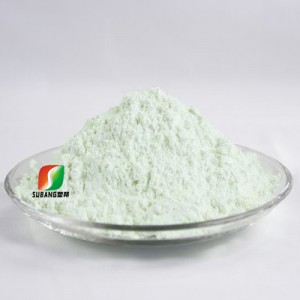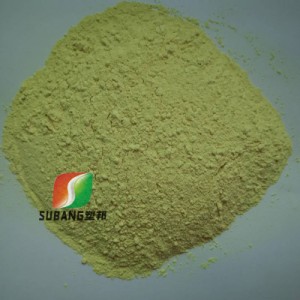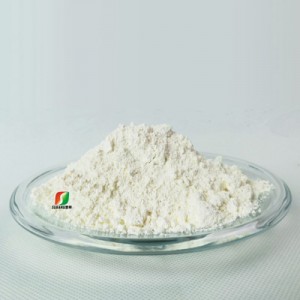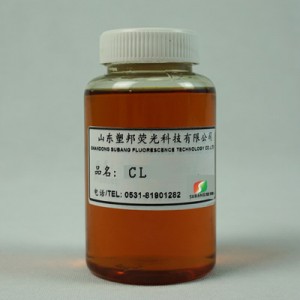Optical brightener OB Fine
Structural formula
Product Name: Optical brightener OB Fine
Chemical Name: 2,5-thiophenediylbis(5-tert-butyl-1,3-benzoxazole)
C.I.:184
CAS NO.:7128-64-5
Specifications
Molecular formula: C26H26N2O2S
molecular weight: 430
Appearance: light yellow powder
Tone: blue
Melting point: 196-203℃
Purity: ≥99.0%
Ash: ≤0.1%
Particle size: Pass 300 mesh
Maximum absorption wavelength: 375nm(Ethanol)
Maximum emission wavelength: 435nm(Ethanol)
Properties
Optical brightener OB Fine is a kind of benzoxazole compound, it is odorless, hard to dissolve in water, soluble in paraffin, fat, mineral oil, wax and common organic solvents. It can be used for whitening thermoplastic plastics, PVC, PS, PE, PP, ABS, Acetate fiber, paint, coating, printing ink, etc. It can be added at any stage in the process of whitening the polymers and make the finished products emit a bright bluish white glaze.
Application
Optical brightener OB Fine is one of the best brighteners widely used in plastics and fibers and has the same whitening effect as Tinopal OB. It can be used in thermoplastics, polyvinyl chloride, polystyrene, polyethylene, polypropylene, ABS, acetate, and it can also be used in varnishes, paints, white enamels, coatings, and inks.It also has a very good whitening effect on synthetic fibers.It has the advantages of heat resistance, weather resistance, non-yellowing, and good color tone.It can be added to the monomer or prepolymerized material before or during polymerization, condensation, addition polymerization, or added in the form of powder or pellets (i.e masterbatch) before or during the formation of plastics and synthetic fibers.
Reference usage:
1 PVC:
For soft or rigid PVC:
Whitening: 0.01-0.05% (10-50g/100KG material)
Transparent: 0.0001-0.001%(0.1g-1g/100kg material)
2 PS:
Whitening: 0.001% (1g/100kg material)
Transparent: 0.0001-0.001 (0.1-1g/100kg material)
3 ABS:
Adding 0.01-0.05% to ABS can effectively eliminate the original yellow color and achieve a good whitening effect.
4 Polyolefin:
Good whitening effect in polyethylene and polypropylene:
Transparent: 0.0005-0.001%(0.5-1g/100kg material)
Whitening: 0.005-0.05%(5-50g/100kg material)
Package
25kg fiber drum,with PE bag inside or as customer’s request.









